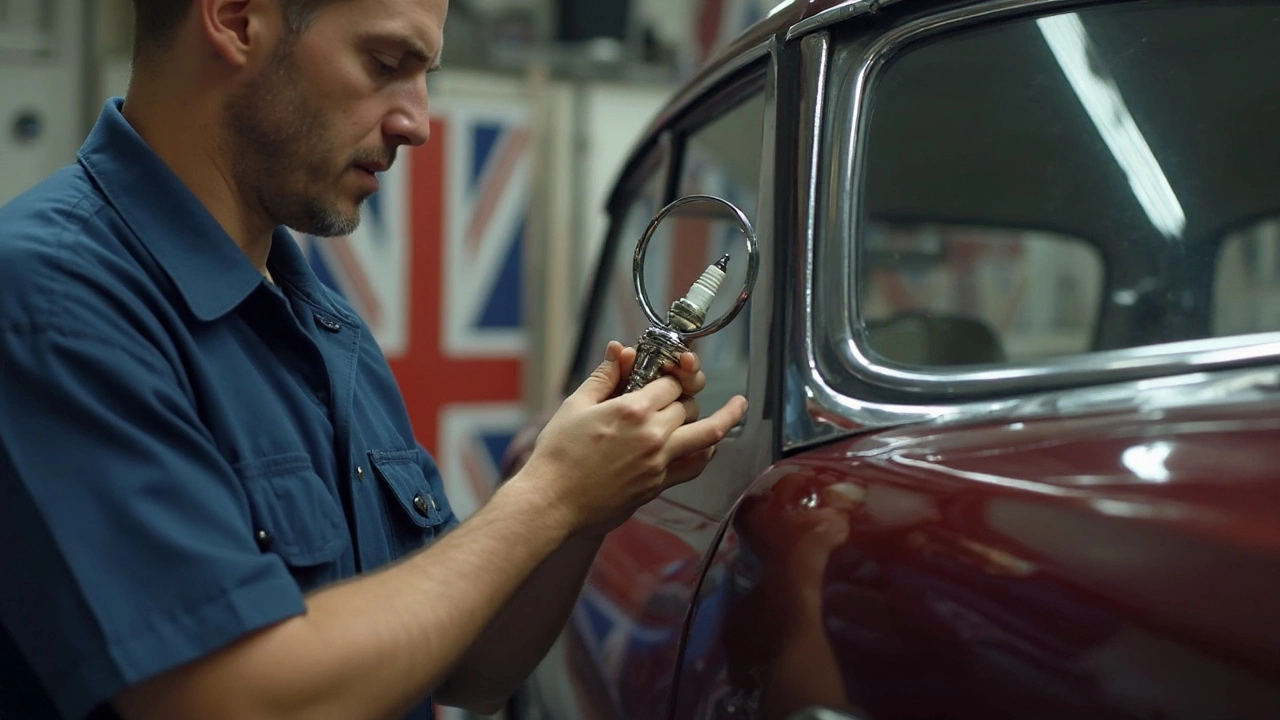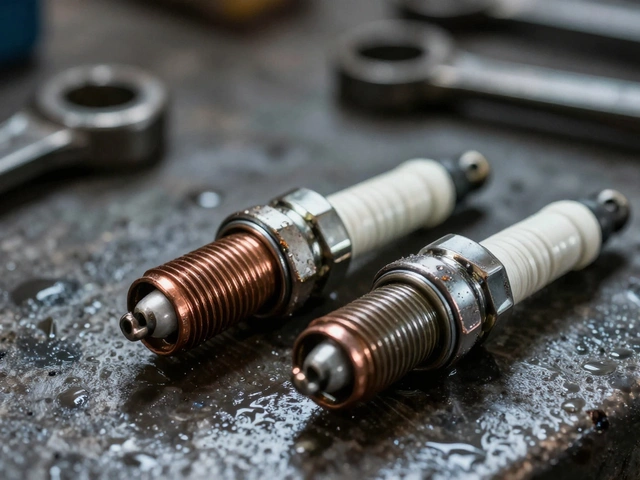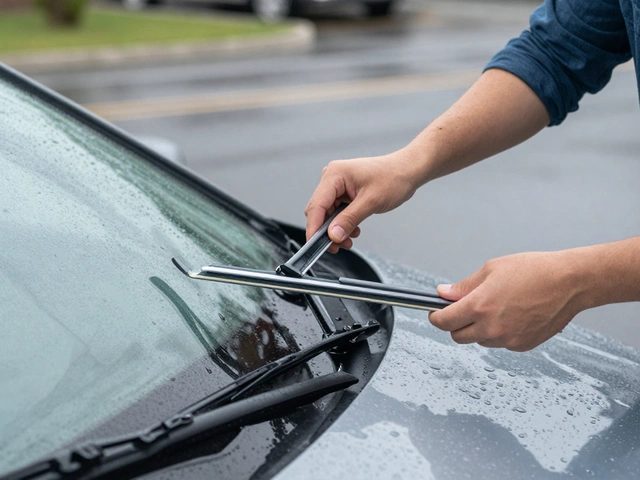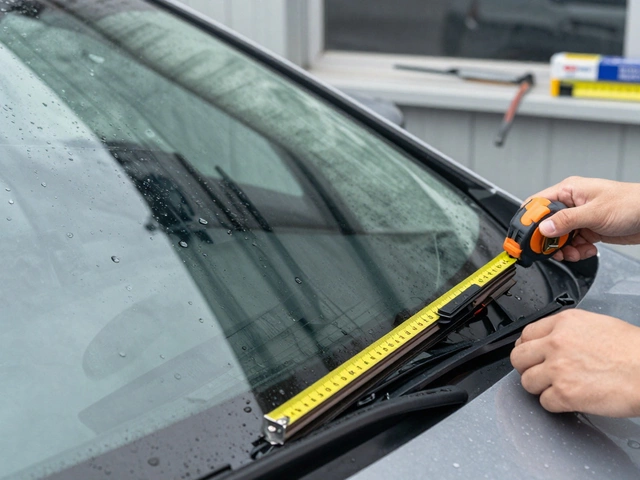Mileage: How Many Miles Your Car Can Really Go and What to Watch For
When you think about mileage, the total distance a vehicle has traveled since it was new. Also known as odometer reading, it's not just a number on your dashboard—it’s a direct indicator of how much stress your engine, transmission, and suspension have endured. High mileage doesn’t automatically mean trouble, but it does mean you need to pay closer attention to what’s under the hood.
Engine wear, the gradual breakdown of internal engine components from friction and heat over time is the biggest hidden cost of high mileage. Every mile adds up. A 150,000-mile engine isn’t just older—it’s been through hundreds of thousands of combustion cycles, oil changes, and temperature swings. That’s why skipping oil changes becomes dangerous fast. You can’t see sludge building up, but it’s there, eating away at bearings and pistons. And if you’ve been driving mostly short trips in cold weather? That’s even worse. Short drives don’t let the engine reach full operating temperature, so moisture and fuel contaminants don’t burn off. Over time, that turns into thick gunk that clogs oil passages and kills performance.
Service intervals, the recommended times or distances to perform maintenance like oil changes, brake checks, and fluid replacements aren’t just suggestions—they’re your car’s lifeline. Modern cars have oil-life monitors, but those are based on driving patterns, not just mileage. If you drive mostly on the motorway, your engine runs cleaner and cooler, so you can stretch intervals. But if you’re stuck in stop-and-go traffic in Stevenage, your engine works harder, and you need more frequent checks. The same goes for brake pads, shocks, and radiators. A radiator that lasts 120,000 miles on clean coolant might fail at 80,000 if you’ve been topping it off with water instead of proper antifreeze.
And don’t forget fuel efficiency, how far your car travels per gallon or liter of fuel. As mileage climbs, worn spark plugs, dirty air filters, and failing oxygen sensors quietly eat into your MPG. You might not notice it until your fill-ups start costing more. That’s not just bad for your wallet—it’s a sign your car’s running inefficiently, which means more strain on the engine and higher emissions.
There’s no magic number where your car suddenly dies. Some engines last 300,000 miles with care. Others give out at 100,000 because they were ignored. The difference? Awareness. Knowing what mileage really means lets you spot problems early—before they turn into a tow truck bill. That’s why the posts below cover everything from checking your oil level to spotting failing shocks, replacing radiators, and knowing when your clutch is done. These aren’t random tips. They’re the exact checks and fixes that keep cars running past their expected lifespan. Whether you’ve got 50,000 miles or 180,000, what you do next determines whether your car becomes a reliable workhorse or a money pit.





